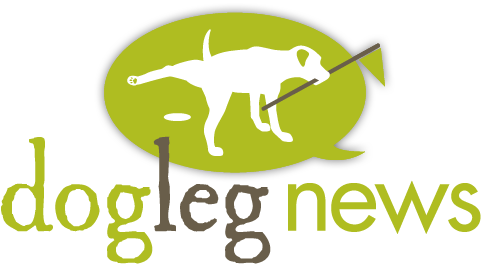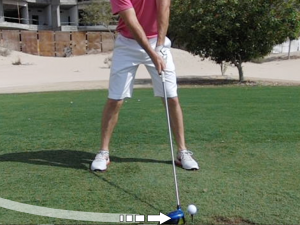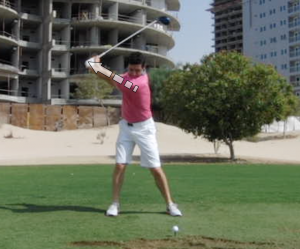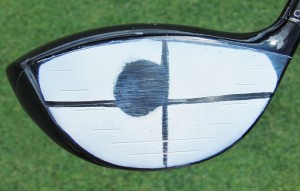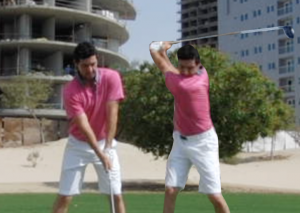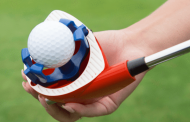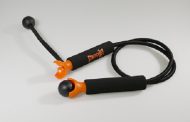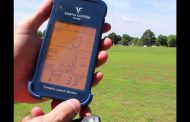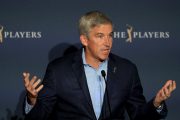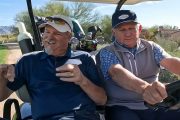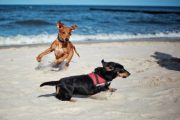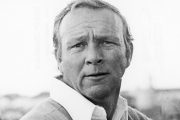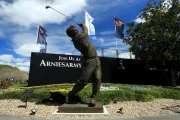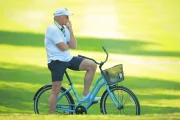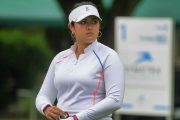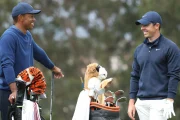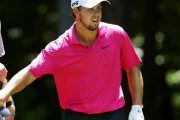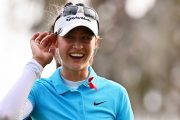The one club in the bag that everyone wants to hit as long & as far as humanly possible is the driver. However it is also more commonly the club that people have the biggest issue with because of this. When we speak to most amateurs at the golf school there always seems to be a severe misunderstanding of how to create distance from the driver. Generally speaking when the driver is in their hands we often see them use almost every part of the body to get the ball moving, when it is simply not needed. If you want to add yards to your tee shots you must understand some of the most important facts about driving, and also how to achieve them.
Shallow not steep
This is possibly the least adhered to rule of them all yet it is without doubt one of the most important. As you strike the ball from the tee we want the driver to be moving up into the golf ball from a shallow approach. With most amateurs we commonly see a very steep approach to the golf ball as a result of a backswing that is too high and lifted, or a downswing that has a poor sequence. A steep approach to the ball can be costly not only because the ball will tend to launch low, but also because you will see people strike the crown of the club and “sky” the golf ball into the air.
The Fix
There are 2 key factors to fixing a steep attack angle with the driver. First of all the ball position is key to producing an upward strike on the golf ball. We want the golf ball to be positioned just inside your left heel at address to allow the club to reach its lowest point before impact, and then move upwards and through the ball.
The second key factor is to maintain width throughout the swing. By this I mean try to keep some separation between your body and the club as you look at it from a face on position. This will help you produce a wider swing arc, and a shallower attack angle as a result.
Centre is key
Striking the center of the club face is crucial for maximizing distance, accuracy and consistency. If you cannot strike the center of the face there are any number of bad shots that can and will occur as a result, and you most certainly will not be creating the distance that you should be
The Fix
A poor impact location is often caused by people attempting to swing the club back too far, and as a result pulling their bodies into poor positions in the backswing. The biggest way you can improve your impact location is to make a shorter and more controlled backswing. Although you may lose a very small amount of club head speed from the smaller swing, you should hit the ball slightly further, and significantly more consistent because of the centered strike.
A simple way to check where you are making impact on the club face is by using a whiteboard marker on the club face, or something like dry shampoo or foot spray. By spraying the club face you should instantly be able to see where the golf ball contacts the club face and learn about how to control the impact location on the club face.
Behind is best
When it comes to producing a shallow angle of attack with the driver the backswing is key. One of the most common things we see is amateurs trying to “keep their head still” as the club moves away from the golf ball. The result will tend to be the player going into reverse spine angle, otherwise known as leaning towards the target. The big issue with this is the club will tend to get very narrow in relation to the body, and as a result can produce a very steep angle of attack into the golf ball.
The Fix
Fixing this type of movement can be quite a simple one. As we look at Rory Mcilroy in the image below you will see he has allowed his head to move slightly away from the target, while also stretching his arms to the right to create some fantastic width in his backswing. A simple image to achieve this width in the swing without allowing the lower body to sway is to feel like you are “reaching over a fence” as if it was built next to your trail leg. Feeling this stretch to the right will allow you to create width in the swing, and put you in a position to begin the downswing sequence correctly with the hips.

